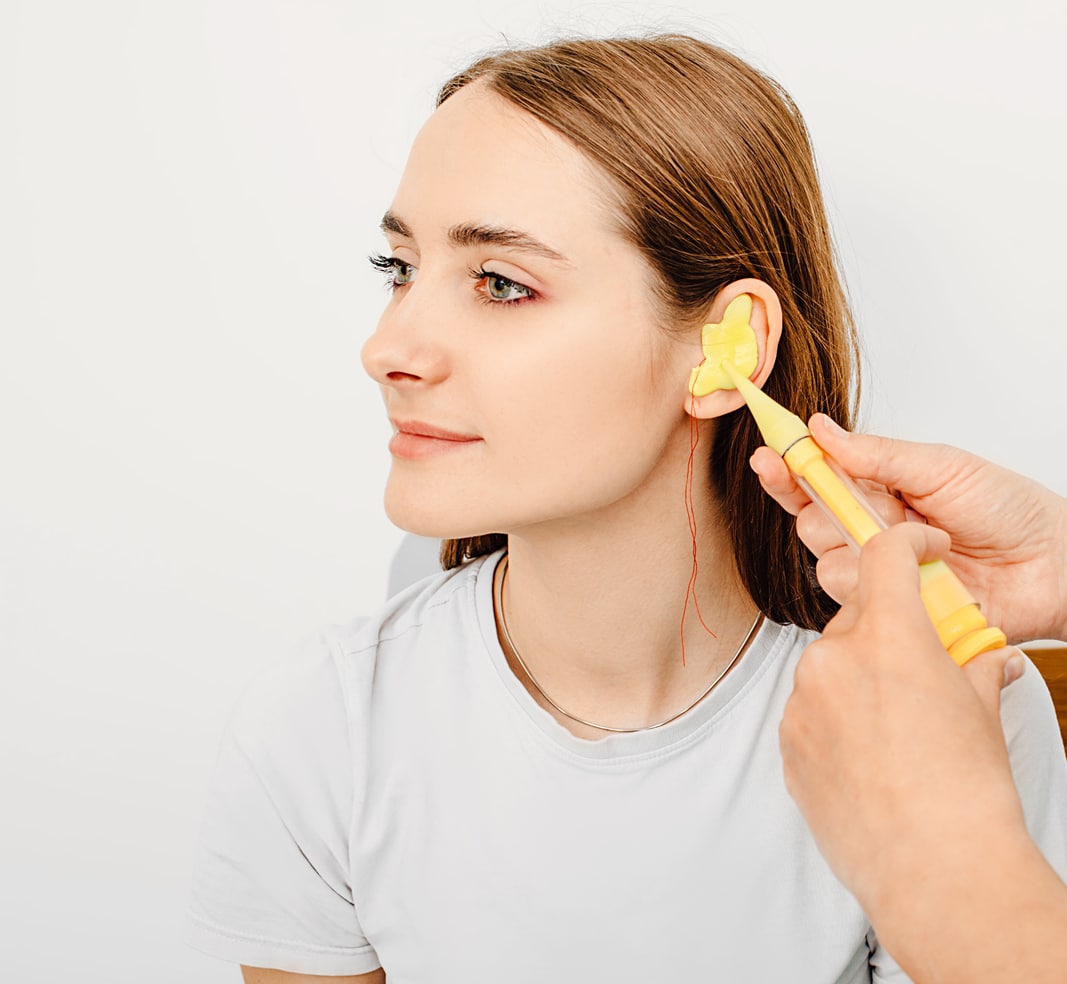Custom earplugs are a proactive solution to avoid noise-induced hearing loss, a common condition that affects approximately 5% of the global population. Unlike generic earplugs, custom models are made to fit the exact shape of your ear, providing both comfort and superior protection. Some earplugs have filters to help reduce harmful noise levels while allowing you to hear essential sounds, like music and warning alerts.
Let’s take a look at how loud noise impacts your ears and the process of getting custom earplugs to protect against hearing damage.
How Noise Affects Your Ears

When noise enters your ears, it undergoes a complex journey before your brain recognizes it as a specific sound. Take, for example, the sound of a bird chirping in Greenough Park. The bird’s chirp produces sound waves that your outer ear captures and funnels into the ear canal. As these sound waves travel, they are amplified before reaching the eardrum, where they cause vibrations.
These vibrations pass through the ossicles, the tiny bones in your middle ear, and make their way to the inner ear. The vibrations enter the cochlea, a fluid-filled structure, causing its fluid to move. Tiny hair cells in the cochlea convert this movement into electrical signals. Finally, these signals travel to your brain via the auditory nerve, where your brain processes them into familiar sounds—like the chirp of a bird.
Loud noises can cause the delicate hair cells in the cochlea to bend or die, leading to hearing issues like temporary muffled hearing or tinnitus (ringing in the ears). If exposure to loud environments is frequent, this damage can become permanent, resulting in irreversible hearing loss.
The Process of Getting Custom Earplugs
Custom earplugs offer a snug fit that prevents harmful sound levels from reaching your ears while allowing you to enjoy the sounds you need to hear. Getting custom earplugs is a simple, straightforward process, usually involving the following steps:
1. Initial exam. An audiologist or hearing specialist examines your ears to ensure they are free of blockages and assesses the shape of your ear canal. If you have impacted or excessive earwax, they will remove it before proceeding with the mold.
2. Ear molding. A foam block is placed in your ear to protect your eardrum while your specialist inserts a special molding putty into your ear canal.
3. Setting the mold. The putty hardens within minutes, creating a precise mold of your ear.
4. Custom fit. After removal, the mold is sent to a manufacturer, where your custom earplugs are created. Once your earplugs are ready, you return for a fitting to ensure they feel comfortable.
Invest in Your Hearing Health
Taking preventive measures with custom earplugs can make all the difference in protecting your hearing. Contact Western Montana Hearing and Speech today to learn more about hearing protection or schedule a hearing test.